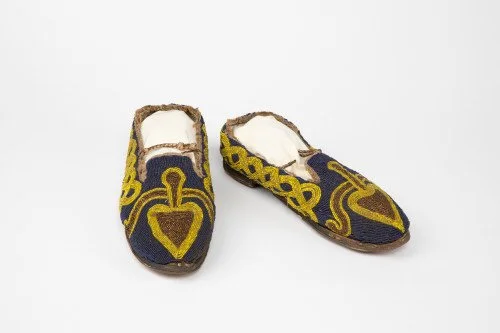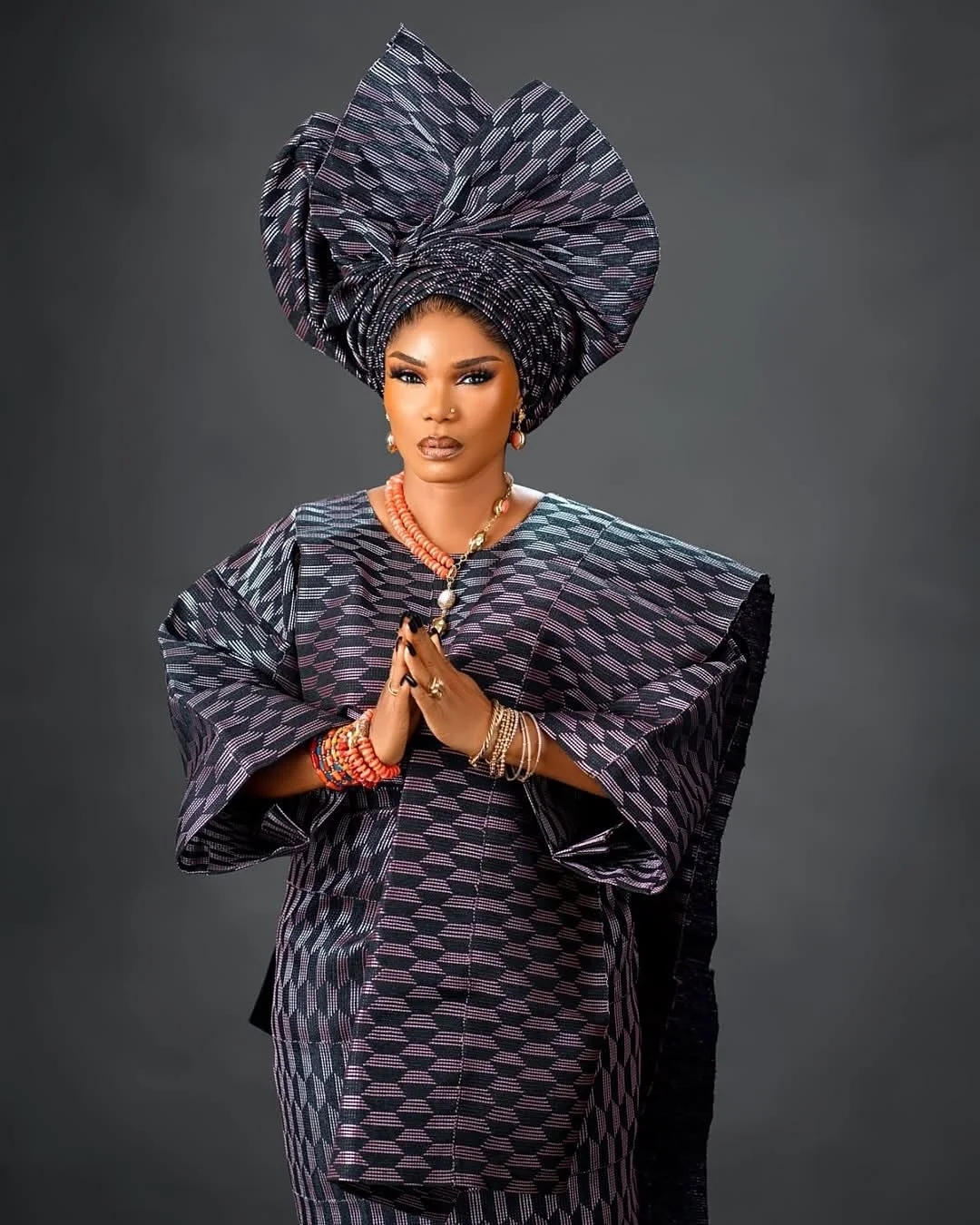Bata Ileke – Striding in Beaded Culture, Yoruba Style
Numerous fashion styles exist in Africa, many of which remain undiscovered. Among the revealed, there are several cultures, separated by plain sand, miles of desert, and waterfalls that can take your breath away. The bead is another African item that, when woven or emblazoned onto other materials such as cloth, can dazzle enthusiasts globally.
For the Yorubas, beads (called ileke in the local language) are a symbol of fashion across various mediums of clothing and accessories. A striking example, which is the object of this article, is the bata ileke. In a world where fashion boldly announces the direction of the future while simultaneously presenting echoes of the past, bata ileke – translated roughly to beaded feet or shoes – strides brazenly between both dispensations.
Much history follows this ancient yet striking piece of fashion, pulling us so invitingly. We should probably take the bait.
Footsteps of the Past
It is no secret that every fashion that stands the test of time usually stems from the crème de la crème of society. The royalty, the elites, the chiefs, and kingmakers generally wear these unique, cultural, and iconic garments during cultural ceremonies. However, this is not to say that it would not be available to the people of the Yoruba culture, only that a marked distinction would exist between the wearers across societal rungs.
For the bata ileke, it is no different. In fact, to date, this ancient piece of fashion is still associated with only the royal families of the ancient Yoruba kingdom, which, at one time, was widespread throughout the region. More specifically, only the king is permitted to wear the famed bata ileke.
While it was only recorded by the British between the 18th and 19th centuries, the fashion in itself is much older than that. One of the most popular stories about the bata ileke is that of the Ooni of Ife, who was invited by the governor-general of Lagos at the time to be present at a dispute settlement between two lesser kings (Akarigbo of Remo̩ and the Ele̩pe̩ of E̩pe̩) concerning who’s to wear the bata ileke.
The dispute could not be settled, causing the Governor General to confiscate the disputed item and send it to the United Kingdom, where they are currently stored. It should be noted that the Ooni of Ife, being the most senior of kings in the Yoruba kingdom, attended that meeting in his own bata ileke.
Footprints Into the Future
Bata ileke comes in different forms: simple low-slung shoes that cover only the feet, or high-heeled shoes that go up close to the knee. Each shoe is adorned with a distinctive story of the culture it represents, always telling a history of the people. Beaded shoes can be used to confirm details about certain myths and also to spread information about the types of stones and beads found in the region.
For instance, Yorubas commonly used two bead types to decorate bata ileke – the “Segi”, which is a translucent blue bead, and the “Iyun,” an opaque red bead. This also highlights that bead types can help identify the source of a tribe’s fashion, encapsulating the idea that fashion must be uncovered for it to transcend locality and allow for modification, typically for the international stage.
Conclusion
When you next hear a Yoruba king being greeted with the words “ki ade pe lori, ki bata pe lese” (May the crown rest long on your head, may your shoes remain long on your feet), remember that the crown is not made of gold, but beads, and the feet are shorn/covered with the prestigious bata ileke, the shoes of royalty that unite the past and the future in the present, displaying the rare, meaningful connection between culture and fashion.



